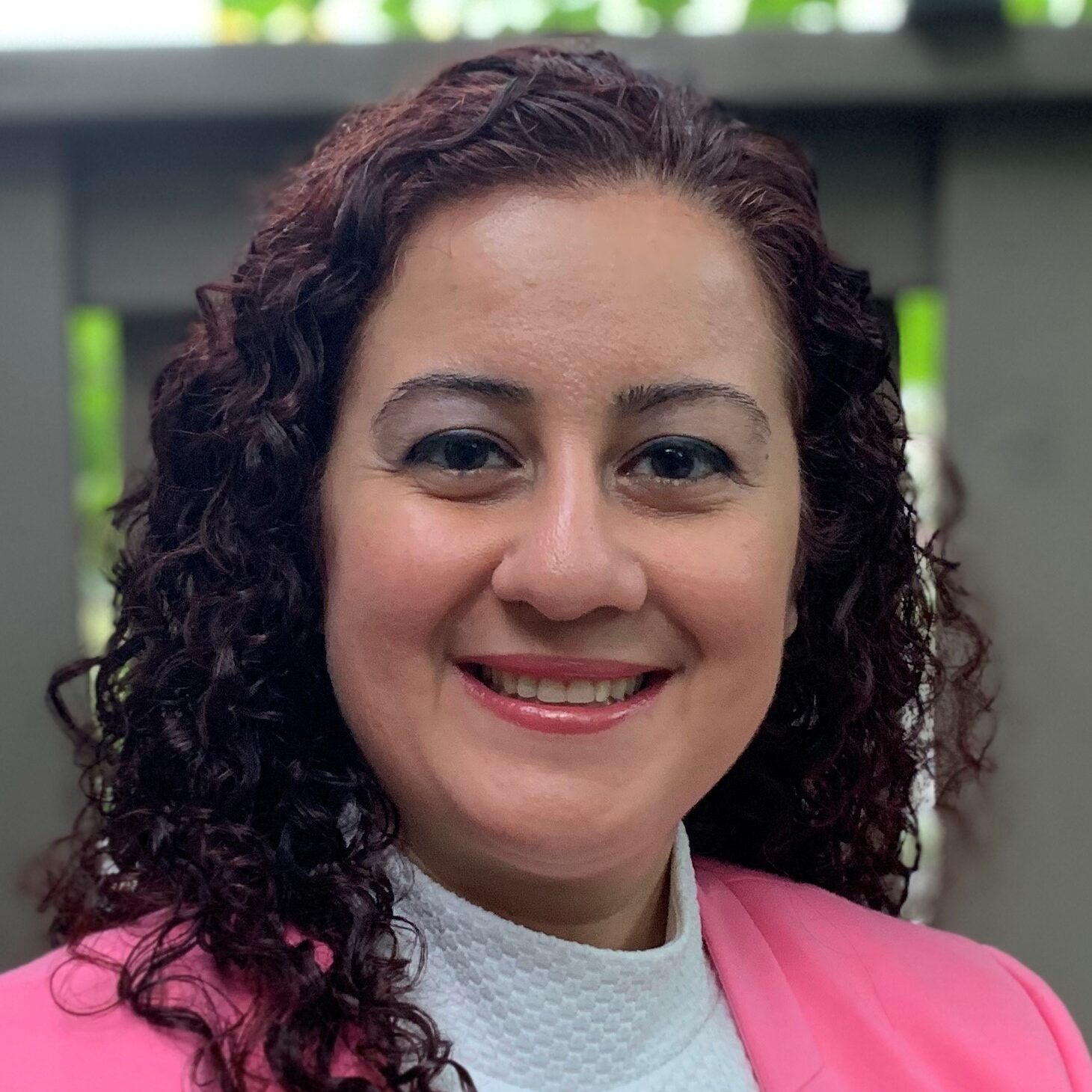Experimental Fluid
Dynamics Laboratory
Welcome to the Experimental Fluid Dynamics lab at the University of Toronto Institute for Aerospace Studies. In this lab, we conduct experimental aerodynamic and aeroacoustic investigations on several exciting engineering problems. Some of these projects involve:
1) Deciphering the underlying causes of noise generation from aircraft landing gear, wing slats, cylindrical cavities present on the outer body of the aircraft and antenna arrangements, and developing noise mitigation techniques to realize airframe noise reduction to achieve quieter aviation.
2) Advancing the synthetic jet actuator technology for aerospace applications to support efforts to realize greener aviation.
3) Developing techniques to control flow-induced structural vibrations to augment energy extraction from vibration-based hydrokinetic energy harvesters or to reduce unwanted structural vibrations.
4) Cyclist aerodynamics.
5) Exploring and mitigating wind-induced tonal noise generation in architectural panels.
6) Automobile aerodynamics.
7) Control of wing-body junction flows.
Please browse our website to learn more about our research projects, experimental facilities, research team, collaborators, and publications.
Keywords for research areas:
- Airframe noise
- Green aviation
- Quiet aviation
- Flow-induced vibration and noise
- Experimental aerodynamics
- Experimental aeroacoustics
- Synthetic jet actuators
- Flow control
- Energy harvesting from fluids
- Cyclist aerodynamics
- Automobile aerodynamics
- Cavity aerodynamics and acoustics
- Vortex dynamics

